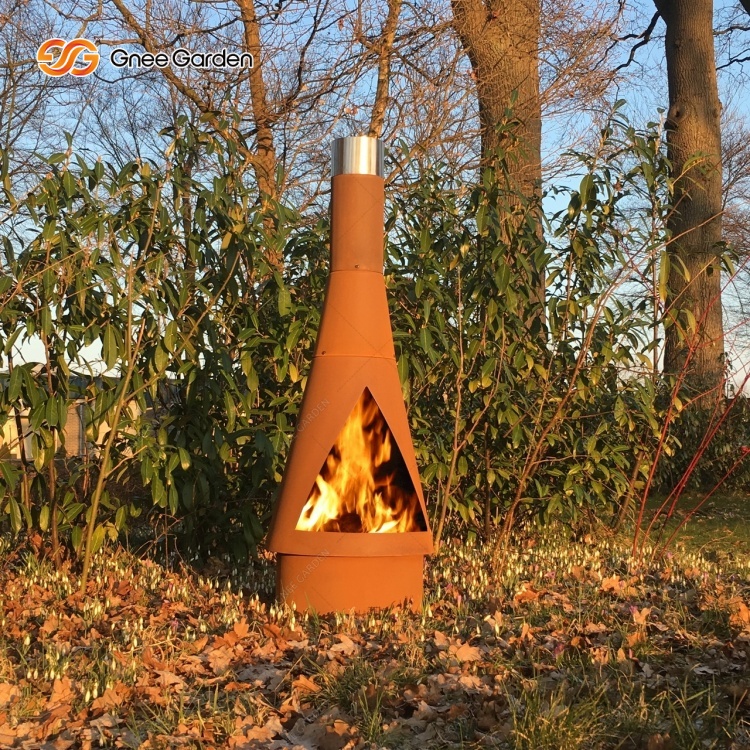Grills and ovens are two common ways of cooking food, using dry heat and hot cooking methods respectively. Barbecuing may be an older form of cooking, as humans began grilling food long after they mastered making fires with stones. The oven, being a later invention, is more common in cooking today. Next we will discuss the differences between these two cooking methods.
Before the advent of microwave ovens, earth stoves were commonly used to heat and cook food. These earthen stoves are capable of producing powerful heat in a short period of time, using dry heat to cook food. A grill is a variation of dry heat cooking that typically places food over a heat source of charcoal or gas flames.
There are many differences in shape, size, and position between these two cooking methods, so they can be used to cook a variety of different foods. For example, grills are generally larger, whether using charcoal or gas, and are usually placed outdoors, while grills, which are microwave-based, are smaller and are usually placed in the kitchen.

In a barbecue, food is usually placed on a wire mesh above the heat source. The oven will provide heat to the food from all directions so that the food is heated evenly. Some ovens even have a special grill feature that delivers heat from the top instead of the bottom, which is a notable difference between grills and ovens.
In a grill, the dry heat will burn the surface of the food, whereas in the oven it will usually just brown the surface. Therefore, the oven is mainly used to bake bread, cakes, biscuits and some vegetables, while meat can also be baked in the oven. However, the texture and taste of meats grilled and oven-roasted are very different because grilled food acquires special flavors from the smoke and releases the juices contained in the meat. Charcoal grilling is a unique feature of barbecue. This cooking method gives the meat a unique flavor.
Overall, grilling and oven are two different and unique methods of cooking that have a significant impact on how food is handled and tastes.






